




Preview
产品详情证书
产品详情
TURNKEY PROJECT PROVIDED BY SMOOTH.1. HOW TO MAKE A GOOD PANEL?
2. HOW TO USE A PANEL?
3. HOW TO CHOOSE THE RAW MATERIALS & MACHINES?
4. HOW TO IMPROVE THE PRODUCTION?
5. WHOM TO SELL THE PANELS TO?
DON'T WORRY. ALL KNOWLEGE INCLUDED IN OUR TURNKEY PROJECT PACKAGE.YOU ARE MOST WELCOME TO VISIT OUR OPERATING PRODUCTION LINE.About Inorganic fiber cement board :
Inorganic fiber cement boards have a wide range of applications in both present and future construction projects due to their numerous advantages. Some of the current applications include:
Exterior Cladding: Fiber cement boards are commonly used as exterior cladding materials for buildings. They provide durability, weather resistance, and aesthetic appeal. With advancements in manufacturing technology, they now come in various textures and colors, enhancing their architectural versatility.
Interior Wall Partitioning: These boards are also utilized for interior wall partitioning in both residential and commercial buildings. They offer sound insulation properties, fire resistance, and are resistant to moisture and mold, making them ideal for use in areas like bathrooms, kitchens, and basements.
Soffits and Fascia: Fiber cement boards are often used for soffits and fascia in roofing applications. Their durability and resistance to moisture make them suitable for protecting roof edges and providing a finished look to the roofline.
Floor Underlayment: Inorganic fiber cement boards can serve as underlayment for flooring materials such as tiles, hardwood, and laminate. They provide a stable and moisture-resistant base for flooring installations, ensuring longevity and stability.
Exterior Trim and Molding: Due to their ability to mimic the appearance of wood, fiber cement boards are frequently used for exterior trim and molding applications. They offer the aesthetic appeal of wood without the susceptibility to rot, decay, or insect damage.
As for the future applications, there is a growing trend towards sustainable and eco-friendly construction materials. Inorganic fiber cement boards align well with these objectives due to their composition, which typically includes cement, cellulose fibers, sand, and water. They are non-toxic, recyclable, and have low embodied energy compared to traditional building materials like wood or aluminum. Therefore, we can expect to see an increased adoption of fiber cement boards in green building projects and environmentally-conscious construction practices in the future. Additionally, ongoing research and development efforts may lead to further enhancements in the properties and performance of these boards, opening up new avenues for their application in various construction sectors.
Production line general info:
2. HOW TO USE A PANEL?
3. HOW TO CHOOSE THE RAW MATERIALS & MACHINES?
4. HOW TO IMPROVE THE PRODUCTION?
5. WHOM TO SELL THE PANELS TO?
DON'T WORRY. ALL KNOWLEGE INCLUDED IN OUR TURNKEY PROJECT PACKAGE.YOU ARE MOST WELCOME TO VISIT OUR OPERATING PRODUCTION LINE.About Inorganic fiber cement board :
Inorganic fiber cement boards have a wide range of applications in both present and future construction projects due to their numerous advantages. Some of the current applications include:
Exterior Cladding: Fiber cement boards are commonly used as exterior cladding materials for buildings. They provide durability, weather resistance, and aesthetic appeal. With advancements in manufacturing technology, they now come in various textures and colors, enhancing their architectural versatility.
Interior Wall Partitioning: These boards are also utilized for interior wall partitioning in both residential and commercial buildings. They offer sound insulation properties, fire resistance, and are resistant to moisture and mold, making them ideal for use in areas like bathrooms, kitchens, and basements.
Soffits and Fascia: Fiber cement boards are often used for soffits and fascia in roofing applications. Their durability and resistance to moisture make them suitable for protecting roof edges and providing a finished look to the roofline.
Floor Underlayment: Inorganic fiber cement boards can serve as underlayment for flooring materials such as tiles, hardwood, and laminate. They provide a stable and moisture-resistant base for flooring installations, ensuring longevity and stability.
Exterior Trim and Molding: Due to their ability to mimic the appearance of wood, fiber cement boards are frequently used for exterior trim and molding applications. They offer the aesthetic appeal of wood without the susceptibility to rot, decay, or insect damage.
As for the future applications, there is a growing trend towards sustainable and eco-friendly construction materials. Inorganic fiber cement boards align well with these objectives due to their composition, which typically includes cement, cellulose fibers, sand, and water. They are non-toxic, recyclable, and have low embodied energy compared to traditional building materials like wood or aluminum. Therefore, we can expect to see an increased adoption of fiber cement boards in green building projects and environmentally-conscious construction practices in the future. Additionally, ongoing research and development efforts may lead to further enhancements in the properties and performance of these boards, opening up new avenues for their application in various construction sectors.
Production line general info:
Preview
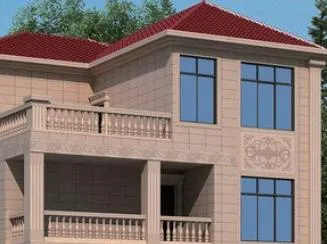
Preview
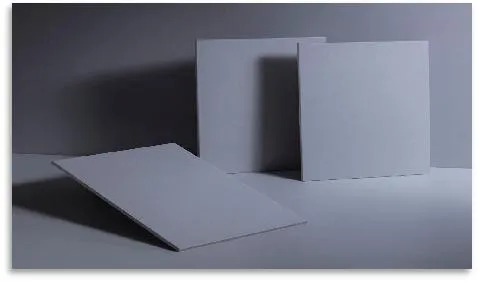
Preview
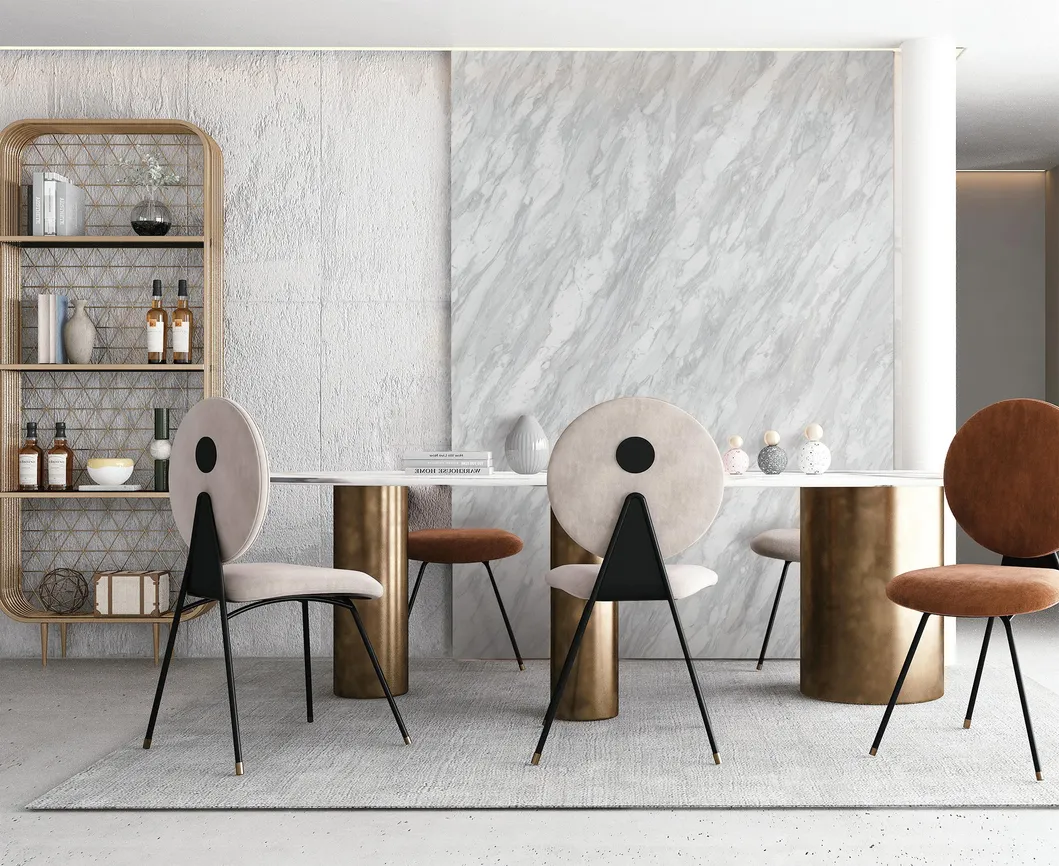
Preview
Production Flow Chart:
Raw material preparation (pulp, cement, and additives) → automatic dosing and mixing → sheet forming → high-pressure water cutting
and
pressurization
→ autoclaved
curing
→ drying
→ sanding
→ post-processing
Raw material preparation (pulp, cement, and additives) → automatic dosing and mixing → sheet forming → high-pressure water cutting
and
pressurization
→ autoclaved
curing
→ drying
→ sanding
→ post-processing
Preview
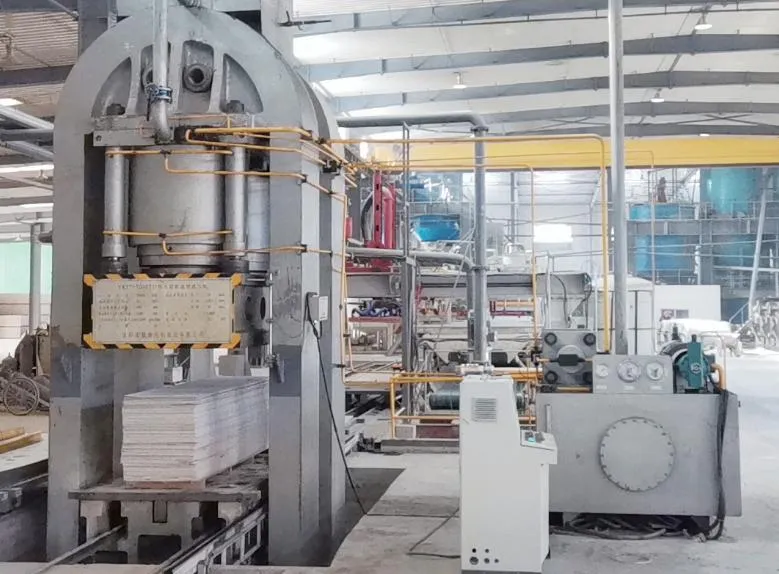
Preview
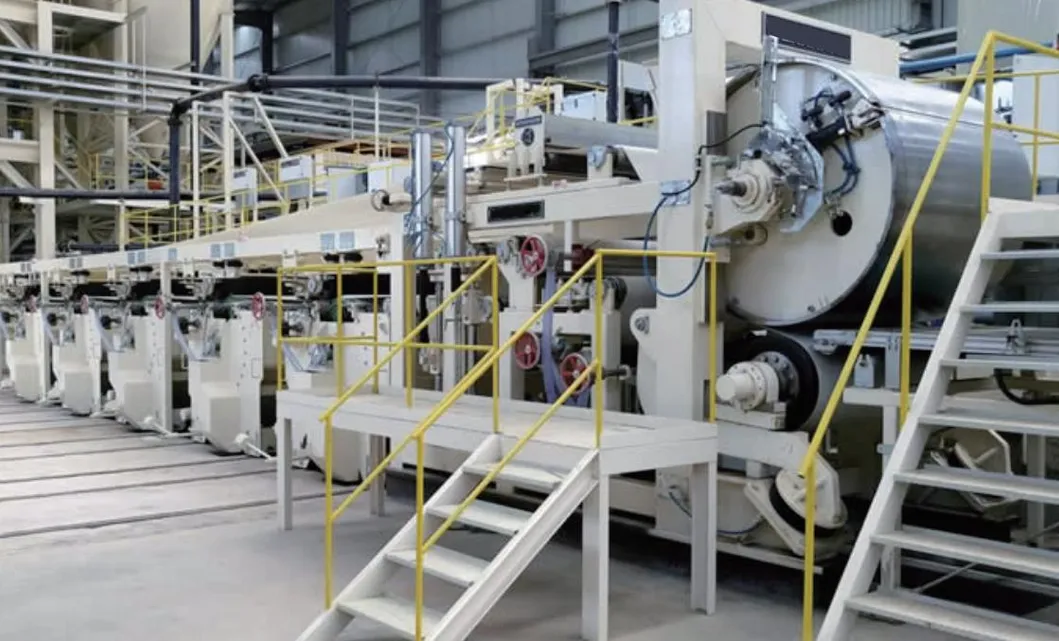
Preview
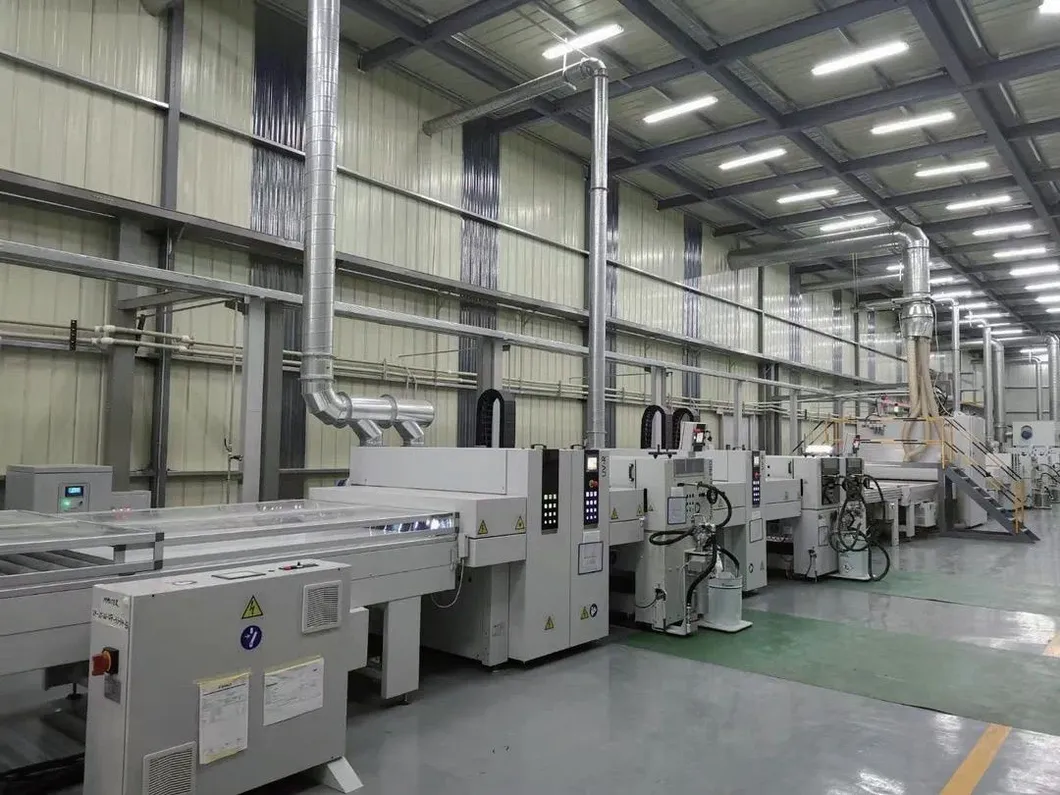
Preview
Our Advantages
Advantages of production line:·
A single production line can produce multiple specifications of products, meetingthe needs of diversified production.Energy
consumption
report· Stable operation and high level of automation, requiring only 10-12 operators, whichcan
save
6-10 people
compared
to
other
sheet-making
lines.·
Adopting an intelligent data recording system to reduce management costs.· Production
efficiency
is
high, and
the
rate
of
finished
products
up
to
99%. Comparedto
other
sheet-making
lines, its
production
capacity
is
higher
than
20-30%, energyconsumption
is
reduced
by
10-20%, and
raw
materials
can
be
saved
by
about
5-10%.
Extra Update:
Inorganic fiber cement coating & printing board production line.
Advantages of production line:·
A single production line can produce multiple specifications of products, meetingthe needs of diversified production.Energy
consumption
report· Stable operation and high level of automation, requiring only 10-12 operators, whichcan
save
6-10 people
compared
to
other
sheet-making
lines.·
Adopting an intelligent data recording system to reduce management costs.· Production
efficiency
is
high, and
the
rate
of
finished
products
up
to
99%. Comparedto
other
sheet-making
lines, its
production
capacity
is
higher
than
20-30%, energyconsumption
is
reduced
by
10-20%, and
raw
materials
can
be
saved
by
about
5-10%.
Extra Update:
Inorganic fiber cement coating & printing board production line.
Preview
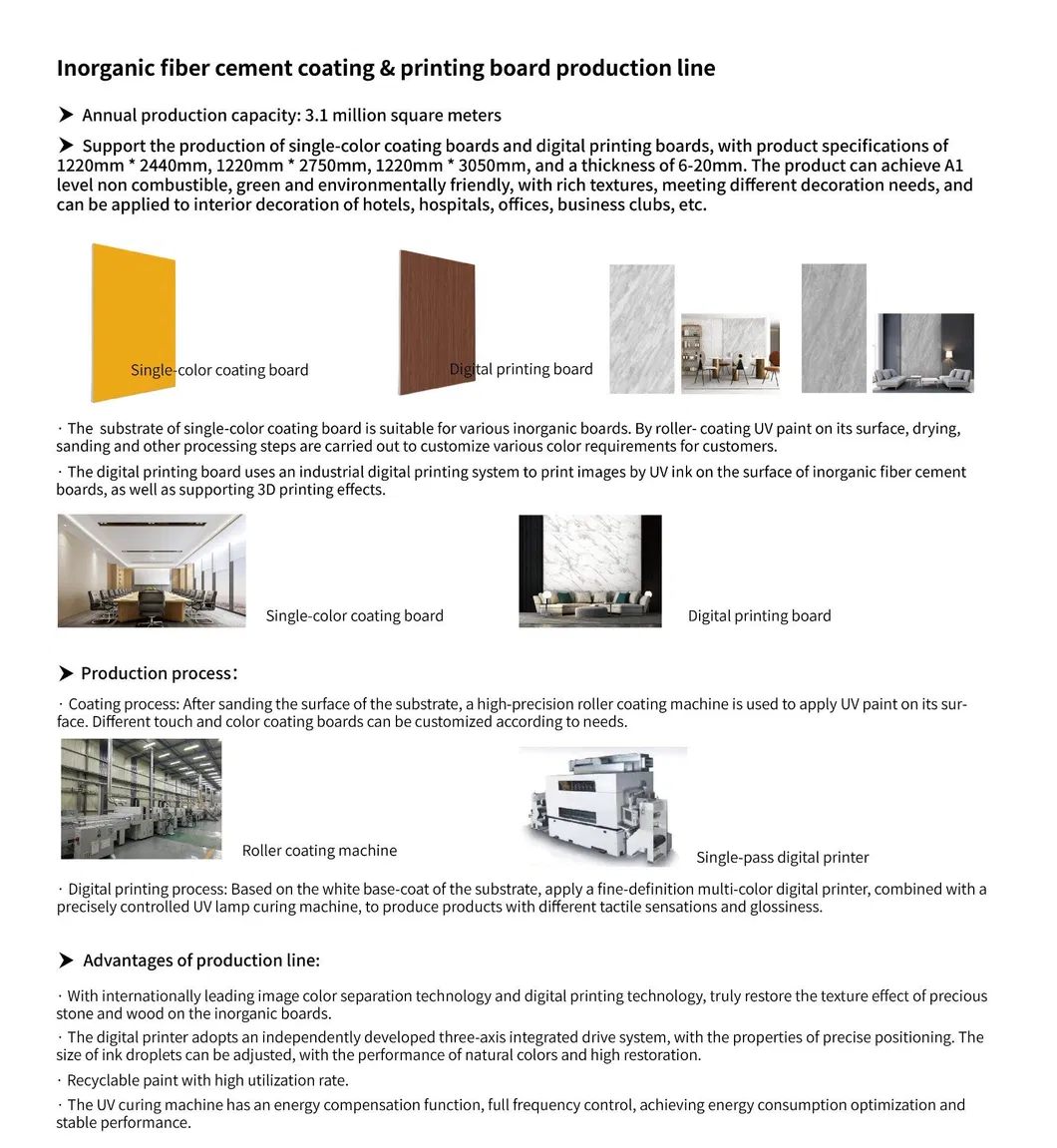
Preview
FAQ
Preview
Cement fiber board and calcium silicate board are both widely used in construction, especially for interior and exterior wall applications. While they share some similarities, they also have distinct differences based on their composition, properties, and applications. Here's a detailed comparison:
Similarities
Composition:
Both are made from inorganic materials, making them durable and fire-resistant.They contain fibers (often cellulose or synthetic) to enhance strength and flexibility.
Properties:
Fire Resistance:
Both boards are non-combustible and offer excellent fire resistance.Water Resistance:
Both are resistant to moisture, although their performance may vary under prolonged exposure.Durability:
Both are sturdy and designed for long-term use, resisting warping, cracking, and impact.
Applications:
Suitable for cladding, partitions, ceilings, flooring, and external wall panels.Often used in environments requiring fire safety and moisture resistance, such as bathrooms, kitchens, and industrial settings.
Workability:
Both boards can be cut, drilled, and installed using similar tools and techniques.They support various surface finishes, including paint, wallpaper, or tiles.
Differences
Choosing Between Them
Cement Fiber Board: Ideal for applications requiring high strength and durability, such as external walls, flooring, or areas exposed to harsh conditions.Calcium Silicate Board: Better for applications where weight, superior moisture resistance, or thermal insulation are critical, such as ceilings or partitions in high-humidity areas.
Comparison of Production Procedures
Similarities
Composition:
Both are made from inorganic materials, making them durable and fire-resistant.They contain fibers (often cellulose or synthetic) to enhance strength and flexibility.
Properties:
Fire Resistance:
Both boards are non-combustible and offer excellent fire resistance.Water Resistance:
Both are resistant to moisture, although their performance may vary under prolonged exposure.Durability:
Both are sturdy and designed for long-term use, resisting warping, cracking, and impact.
Applications:
Suitable for cladding, partitions, ceilings, flooring, and external wall panels.Often used in environments requiring fire safety and moisture resistance, such as bathrooms, kitchens, and industrial settings.
Workability:
Both boards can be cut, drilled, and installed using similar tools and techniques.They support various surface finishes, including paint, wallpaper, or tiles.
Differences
Choosing Between Them
Cement Fiber Board: Ideal for applications requiring high strength and durability, such as external walls, flooring, or areas exposed to harsh conditions.Calcium Silicate Board: Better for applications where weight, superior moisture resistance, or thermal insulation are critical, such as ceilings or partitions in high-humidity areas.
Comparison of Production Procedures
Preview
证书
标题:Trademark

Preview


 莆田
莆田  已认证
已认证

